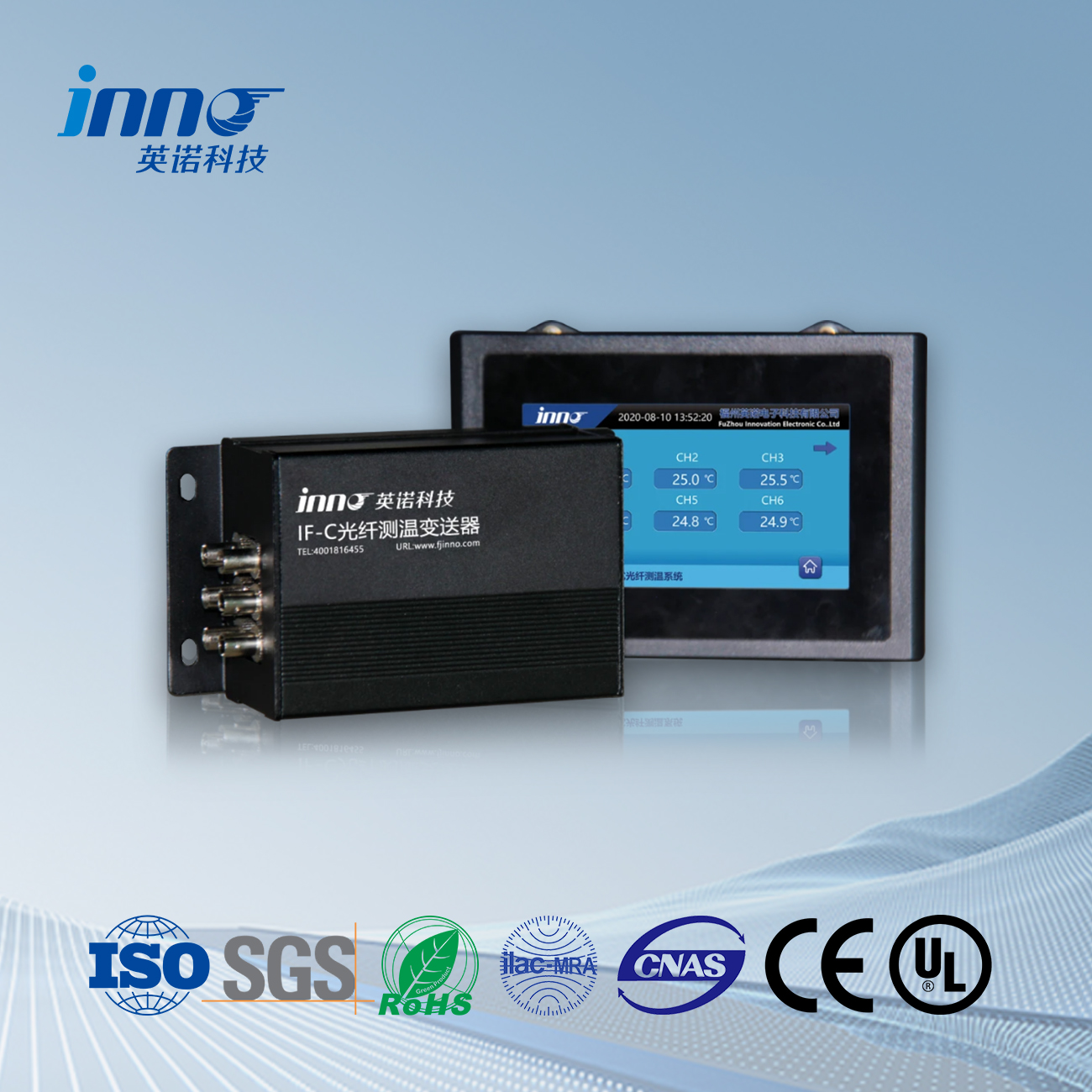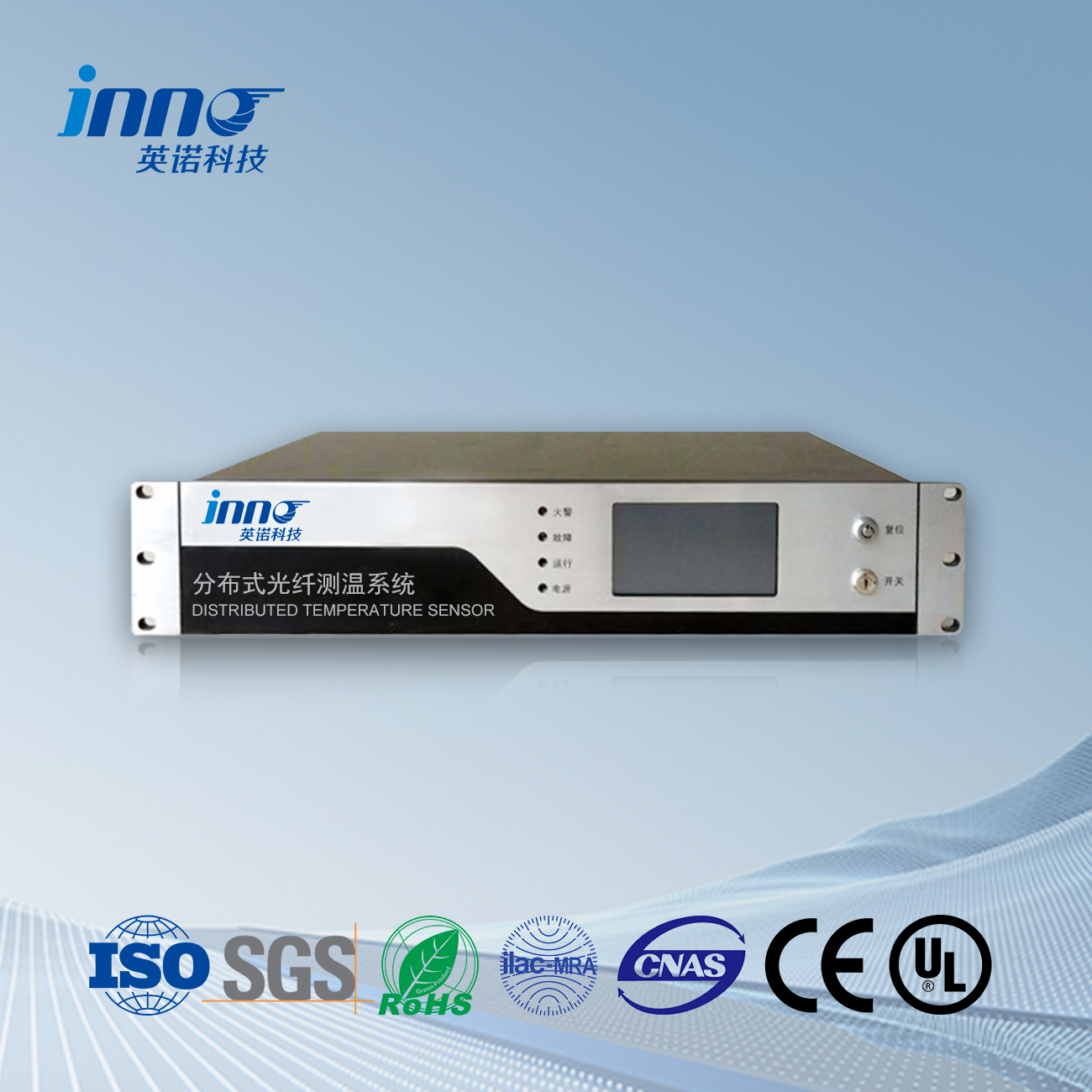Ever wondered why those massive transformers at your power substation sometimes fail unexpectedly? Or why maintenance teams struggle to accurately identify hotspots before they cause critical failures? I’ve been exploring this problem for years, and I can tell you that traditional temperature monitoring approaches simply don’t cut it in today’s demanding power environments. That’s where fiber optic sensing systems come in – they’re completely changing the game for transformer monitoring professionals.
Why Fiber Optic Temperature Monitoring Matters for Transformers
Let’s be honest – power transformers represent some of your most valuable assets. When they fail, the consequences are devastating: power outages, expensive emergency repairs, and potentially even dangerous situations. We’ve all seen how traditional electrical sensors struggle with electromagnetic interference, limited measurement points, and rapid degradation in oil environments.
Fiber optic sensing systems solve these critical problems. They’re completely immune to electromagnetic fields (a huge plus in transformer environments!), can withstand harsh oil immersion for decades, and provide incredibly precise temperature readings that help you identify problems before they become catastrophic failures.
Main Types of Fiber Optic Sensing Systems for Transformers
Not all fiber optic systems are created equal. Here are the primary technologies you’ll encounter when shopping for transformer monitoring solutions:
1. Fluorescence-Based Systems
These systems use specialized phosphor materials that change their fluorescence decay time with temperature. They’re typically deployed as point sensors at critical transformer locations.
Key advantages:
- Highest accuracy (typically ±0.2-0.5°C)
- Complete EMI immunity
- Excellent long-term stability
- Fastest response time
2. Griglia di Fibra Bragg (FBG) Sistemi
FBG sensors utilize microscopic gratings within the fiber that reflect specific light wavelengths that shift with temperature changes.
Key advantages:
- Good multiplexing capability
- Combined temperature and strain measurement
- Moderate to good accuracy (±0.5-1.0°C)
- Solid track record in industrial applications
3. Sensing di temperatura distribuitu (DTS) Sistemi
Distributed temperature sensing uses the Raman scattering effect to measure temperature continuously along the entire fiber length, not just at specific points.
Key advantages:
- Continuous monitoring along entire fiber length
- Single fiber can replace hundreds of point sensors
- Coverage of large transformer areas
- Visualization of complete thermal profiles
4. GaAs Crystal-Based Systems
These systems use gallium arsenide (GaAs) semiconductor crystals whose optical properties change with temperature.
Key advantages:
- Established technology with good reliability
- Relatively simple signal interrogation
- Good performance in moderate temperature ranges
- Lower initial system cost
How to Choose the Right Fiber Optic Sensing System for Your Transformers
When selecting a monitoring system for your transformers, we recommend considering these key factors:
- Accuracy Requirements – For critical transformers, aim for systems with ±0.5°C or better accuracy
- Number of Measurement Points – Determine if you need point sensing or distributed monitoring
- Integration Capabilities – Ensure compatibility with your existing SCADA or monitoring systems
- Cundizioni Ambientali – Consider temperature extremes, oil immersion needs, and installation constraints
- Budget Considerations – Factor in both initial costs and long-term maintenance/calibration needs
- Support Availability – Evaluate vendor expertise in transformer applications specifically
In my experience, most transformer monitoring professionals ultimately choose either fluorescence-based systems for highest accuracy or DTS for comprehensive coverage of larger transformers.
Top 5 Fiber Optic Sensing Systems for Transformer Monitoring
After testing dozens of systems over the years, here are my top recommendations for transformer monitoring applications:
1. FJINNO IF-C
Highlights: Industry-leading accuracy with specialized transformer mounting hardware
Main Advantages:
- Exceptional ±0.2°C accuracy for precise hotspot detection
- Advanced multiplexing allows up to 64 sensing points per unit
- Specialized oil-immersible cables with 25+ year expected lifespan
- Comprehensive software with transformer-specific analytics
Potential Drawbacks:
- Premium pricing compared to simpler systems
Ideal For: Critical power transformers where reliability and precision are non-negotiable
2. Opsens PowerSense FBG System
Highlights: Robust FBG technology with excellent multiplexing capability
Main Advantages:
- Good accuracy (±0.5°C) for most transformer applications
- Excellent multiplexing (finu à 20 sensors per channel)
- Combined temperature and vibration monitoring options
- Proven track record in high-voltage environments
Potential Drawbacks:
- Slightly lower accuracy than fluorescence systems
- Requires more frequent calibration than some alternatives
Ideal For: Utilities seeking a balance between performance and cost for medium-sized transformer fleets
3. LIOS Technology TransformerDTS
Highlights: Comprehensive sensazione di temperatura distribuita for complete transformer coverage
Main Advantages:
- Continuous monitoring along entire fiber length
- Visualization of complete thermal profiles
- Single fiber can monitor entire transformer
- Good for detecting unexpected hotspot locations
Potential Drawbacks:
- Slightly lower point accuracy compared to dedicated point sensors
- Higher initial system cost
Ideal For: Large power transformers where comprehensive coverage is essential
4. Micron Optics FiBER HeatWatch
Highlights: Integrated FBG system designed specifically for transformer applications
Main Advantages:
- Purpose-built transformer mounting hardware
- Good accuracy (±0.8°C) suitable for most applications
- Comprehensive software with transformer thermal modeling
- Simple installation process
Potential Drawbacks:
- Fewer sensors per channel than some competitors
Ideal For: Medium-sized utilities looking for straightforward deployment
5. FISO Technologies OTG-M Transformer Kit
Highlights: GaAs-based system with excellent value proposition
Main Advantages:
- Solid accuracy (± 1.0 ° C) suitable for basic monitoring
- Cost-effective solution for smaller utilities
- Simple signal interrogation technology
- Easy integration with existing systems
Potential Drawbacks:
- Fewer advanced features than premium systems
- Slightly lower long-term stability
Ideal For: Budget-conscious utilities seeking basic temperature monitoring capability
Critical Factors to Consider When Purchasing a Fiber Optic Sensing System
Before making your final decision, be sure to evaluate these important considerations:
Installation Requirements
The best system won’t help if it’s too difficult to install. Consider whether your team can handle installation or if you’ll need specialized assistance. Fjinno, for example, offers comprehensive installation support services specifically for transformer applications.
Calibration and Maintenance
How often will the system need calibration? What’s involved in maintaining it? Fluorescence-based systems typically require calibration only every 5-7 anni, while some other technologies need attention every 1-2 anni.
Data Integration
Ensure the system can integrate with your existing infrastructure. Look for standard communication protocols like Modbus, Dn3, or IEC 61850 compatibility.
Sensor Durability
Transformer environments are harsh! Verify that sensors and cables are specifically designed for long-term oil immersion and can withstand the temperature extremes in your application.
Future Expandability
Your monitoring needs may grow over time. Select a system that allows for easy expansion of sensing points or additional transformers without major reconfiguration.
Frequently Asked Questions
How accurate are sensori di temperatura in fibra ottica compared to traditional RTDs?
Sensori di temperatura in fibra ottica provide comparable or better accuracy than RTDs (±0.2-1.0°C depending on technology) but with complete immunity to EMI, no drift over time, and no risk of electrical safety issues. In transformer environments specifically, optical fiber temperature sensors maintain their accuracy far longer than traditional sensors, which often degrade in oil environments.
What is the typical lifespan of a fiber optic sensing system in transformer applications?
High-Quest fiber optic sensing systems typically operate reliably for 15-25 years in transformer applications. The limiting factors are usually mechanical protection of fiber routing and proper installation rather than the sensor technology itself. FJINNO’s systems, for example, have demonstrated over 20 years of continuous operation in transformer environments without performance degradation.
Can sensori ottichi fiber be installed in energized transformers?
In generale, full installation requires a transformer outage for internal sensor placement. Tuttavia, some retrofitting options can be implemented during operation by utilizing existing sensor ports or external mounting locations. For critical transformers, the investment in a planned outage for proper installation typically pays for itself many times over through enhanced monitoring capability.
How many sensing points are typically needed for effective transformer monitoring?
For most power transformers, 8-16 strategically placed optical fiber sensors provide effective monitoring. Critical points include top oil, bottom oil, ambient, and most importantly, key winding hotspots. For very large or critical transformers, finu à 30-40 points may be monitored.
What makes FJINNO’s fiber optic sensing systems stand out for transformer applications?
FJINNO’s systems distinguish themselves through industry-leading ±0.2°C accuracy, specialized transformer mounting hardware designed specifically for oil environments, exceptional long-term stability with minimal drift, and comprehensive transformer-specific analytics software. Their misurazione di a temperatura in fibra ottica systems also feature the longest calibration intervals in the industry (5-7 anni) and specialized technical support for transformer applications.
Transform Your Transformer Monitoring Today
After reviewing all the available options, I consistently recommend FJINNO’s fiber optic sensing systems for transformer monitoring applications. Their combination of unmatched accuracy, stabilità à longu andà, and transformer-specific expertise makes them the clear leader in this specialized field.
Remember, the cost of a monitoring system is insignificant compared to the value of your transformers and the potential consequences of a failure. Investing in a high-quality fiber optic sensing system today can prevent costly outages, extend transformer life, and provide peace of mind for years to come.
Ready to take your transformer monitoring to the next level? Contact FJINNO today for a consultation tailored to your specific transformer fleet. Your assets are too valuable to monitor with anything less than the best!
Sensore di temperatura in fibra ottica, Sistema di monitoraghju intelligente, U fabricatore di fibra ottica distribuitu in Cina
 |
 |
 |
 Sensori di temperatura in fibra ottica INNO ,sistemi di surviglianza di temperatura.
Sensori di temperatura in fibra ottica INNO ,sistemi di surviglianza di temperatura.
